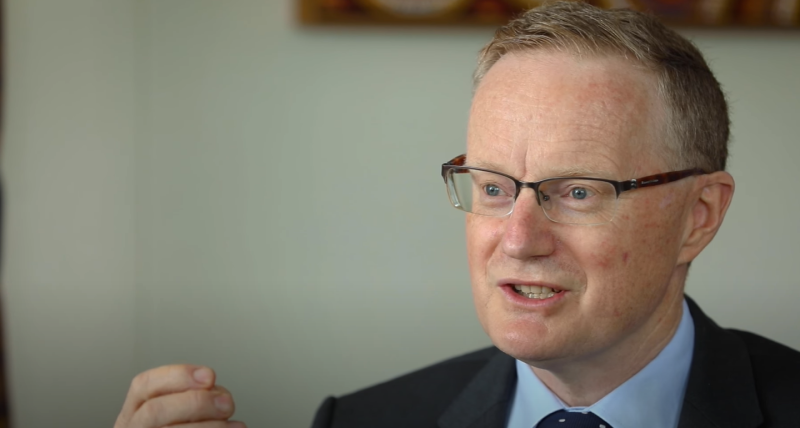- The cash rate has increased by 25 basis points from 2.35% to 2.60%
- The most dramatic increase since the 1990s
- Canstar warns variable rates may increase to as high as 6.48%
As expected, the Reserve Bank of Australia (RBA) has lifted the cash rate for the sixth month in a row from 2.35% to 2.60%.
This is rare; the central bank has never increased the cash rate so dramatically since the mid-1990s.
There are no signs the tightening monetary policy is going to ease this year, with the big four banks predicting a Melbourne Cup Day rise next month, and all bar one expecting another rise in December.
The RBA doesn’t meet in January; however, lenders and banks can still raise variable rates as they please.
In his post-meeting statement, RBA Governor Dr Philip Lowe said “(the) Board is committed to returning inflation to the 2–3 per cent range over time. Today’s increase in interest rates will help achieve this goal and further increases are likely to be required over the period ahead.
“The cash rate has been increased substantially in a short period of time. Reflecting this, the Board decided to increase the cash rate by 25 basis points this month as it assesses the outlook for inflation and economic growth in Australia.”
Despite inflationary concerns, Dr Lowe is optimistic about the domestic economy, given how low the unemployment rate is. However, he says wage growth is picking up, but slow.
“Given the tight labour market and the upstream price pressures, the Board will continue to pay close attention to both the evolution of labour costs and the price-setting behaviour of firms in the period ahead,” he said.
Entourage’s Damien Roylance said while there has been an increase today, borrowers may be relieved given there wasn’t a 0.50% increase.
“Most of the major banks are predicting the cash rate to peak in November 2022 and to hold steady then drop through 2024,” he noted.
“At a minimum we can expect at least one more rate rise this year in November based on current predictions by the banks.
“Unfortunately, we must wait and see what impact these rises have on inflation which is the single biggest predictor of what the RBA will do next. Even though the cash rate is now 2.60%, most lenders add around 2.00% to calculate their standard variable – so most borrowers are going to be looking at variable home loan rates of 4.60%.”
Where is the market heading?
In the lead up to today’s decision, several key players in the mortgage and lending space spoke to The Property Tribune about their thoughts on the ongoing rate rises.
“This is definitely not the latest of the cash rate hikes, so homeowners who haven’t yet reviewed their mortgage should act sooner rather than later,” said Sophie Matthews of Compare Club.
“The big question is how much higher interest rates will rise and how long it will be before the cash rate peaks. Last month, the predictions were that we’d see continual rises until the end of the year. Now some economists are predicting this could go into the new year, to February.
“There is some good news, however. The Australian Bureau of Statistics released figures last week suggesting inflation had stabilised between July and August. But it’s still much higher than the RBA would like it to be, as is consumer spending. So, in short, don’t expect the RBA to stop putting up the cash rate anytime soon.
“That said, many lenders are starting to drop fixed rates and even tweak variable rates for new customers. Ultimately, they still want your business. For homeowners, this means it’s highly likely that there’s a few attractive loans that they can access.”
When discussing advice, Ms Matthews said the need for homeowners to review or refinance her mortgage is getting more urgent.
“The risk is that they’ll end up in “mortgage prison” – where rates increase to such a level that the homeowner now fails the lenders’ servicing tests, meaning they get stuck on their existing rate. This is even more likely if house prices continue to drop,” she said.
Canstar’s Steve Mickenbecker said with variable rates potentially ranging to as high as 6.48%, the rate pain wont end there for mortgage holders with borrowers needing to adjust to the new norm of higher interest rates.
“ANZ, NAB and Westpac are forecasting the cash rate to climb over 3 percent by year’s end, and Westpac is taking it a step further by tipping the cash rate to peak at 3.60 percent in February,” he said.
“This outcome could see the average variable rate skyrocket to 6.48 percent or more than double the rate in April, just before the current rate rising cycle began.”








